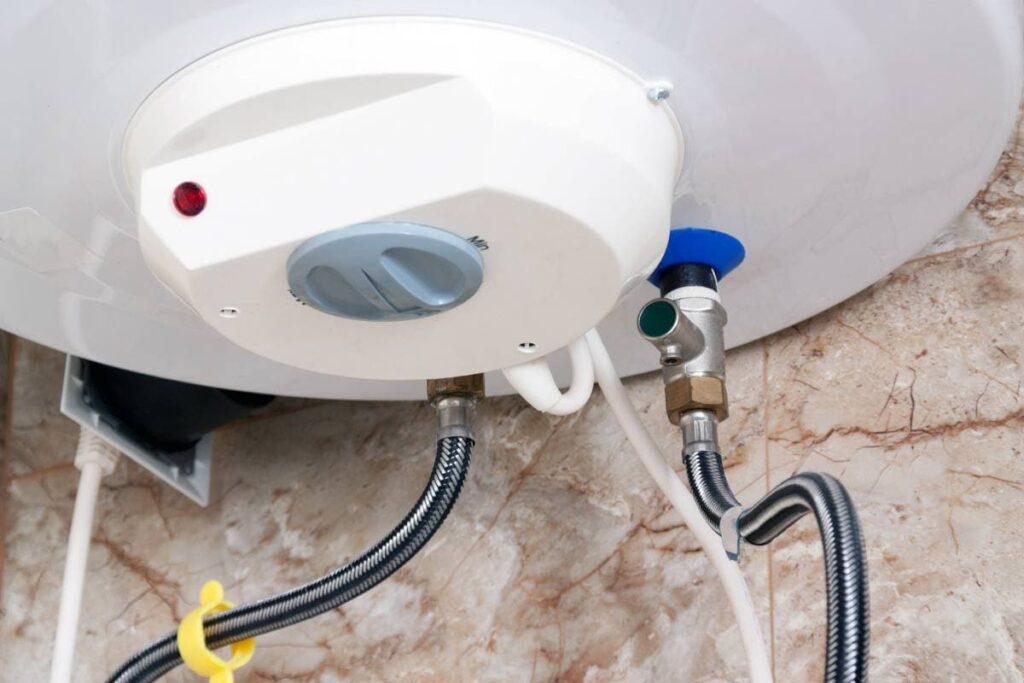How do you actually feel about Tips on Maintaining a Water Heater?

Hot water is important for everyday convenience, whether it's for a revitalizing shower or cleaning dishes. To ensure your hot water system runs efficiently and lasts longer, routine maintenance is vital. This write-up provides practical suggestions and insights on how to preserve your home's warm water system to prevent interruptions and expensive repair work.
Introduction
Maintaining your home's warm water system could appear overwhelming, yet with a few simple actions, you can guarantee it runs efficiently for many years to come. This overview covers everything from recognizing your hot water system to DIY maintenance tips and knowing when to hire professional help.
Significance of Preserving Your Hot Water System
Normal upkeep not only prolongs the life expectancy of your warm water system however likewise guarantees it operates efficiently. Overlooking maintenance can bring about lowered performance, higher energy expenses, and even premature failure of the system.
Indicators Your Hot Water System Requirements Upkeep
Recognizing when your hot water system needs attention can avoid significant concerns. Keep an eye out for indicators such as irregular water temperature level, weird noises from the heater, or rusty water.
Flushing the Water Heater
Flushing your water heater gets rid of debris build-up, boosting efficiency and prolonging its life.
Monitoring and Changing Anode Rods
Anode poles protect against corrosion inside the tank. Inspecting and replacing them when broken is critical.
Facility Problems Needing Professional Aid
Examples include major leaks, electrical problems, or if your water heater is regularly underperforming.
Regular Specialist Upkeep Advantages
Professional upkeep can consist of detailed assessments, tune-ups, and ensuring conformity with security standards.
Evaluating and Changing Temperature Setups
Adjusting the temperature level setups makes certain optimum performance and safety.
DIY Tips for Upkeep
You can carry out a number of maintenance tasks yourself to maintain your hot water system in top condition.
Checking for Leaks
Frequently inspect pipes and connections for leaks, as these can lead to water damages and greater expenses.
Recognizing Your Warm Water System
Prior to diving into maintenance tasks, it's handy to recognize the basic parts of your warm water system. Commonly, this consists of the hot water heater itself, pipes, anode rods, and temperature level controls.
Monthly Maintenance Tasks
Routine regular monthly checks can help catch small concerns prior to they intensify.
Checking Pressure Alleviation Valves
Examining the pressure relief valve guarantees it works properly and prevents excessive stress buildup.
Insulating Pipes
Insulating warm water pipes reduces warmth loss and can save power.
When to Call a Specialist
While DIY upkeep is useful, some issues call for expert knowledge.
Conclusion
Routine maintenance of your home's warm water system is necessary for effectiveness, durability, and cost financial savings. By complying with these tips and recognizing when to seek specialist aid, you can make sure a reputable supply of hot water without unforeseen disturbances.
How to Maintain an Instant Hot Water Heater
Before tinkering with your hot water heater, make sure that it’s not powered on. You also have to turn off the main circuit breaker and shut off the main gas line to prevent accidents. Also turn off the water valves connected to your unit to prevent water from flowing into and out of the appliance. 2. When you’re done, you have to detach the purge valves’ caps. These look like the letter “T” and are situated on either side of the water valves. Doing so will release any pressure that has accumulated inside the valves while at the same time avoid hot water from shooting out and burning your skin. 3. When the purge valves’ caps are removed, you have to connect your hosing lines to the valves. Your unit should have come with three hoses but if it didn’t, you can purchase these things from any hardware or home repair shops. You can also get them from retail stores that sell water heating systems. Read the user’s manual and follow it to complete this task properly. When the hosing lines are connected, open the purge port’s valves. 4. You should never use harsh chemical cleaners or solutions when cleaning your unit. Make use of white vinegar instead. It should be undiluted and you’ll probably use about 2 gallons. 5. Now flush your water heater. This task should probably take about 40 minutes. We can’t give you specific directions for this because the procedure is carried out depending on the type, model and brand of your heater. With that being said, refer to the user’s manual. 6. When you’re done draining the unit, you have to turn off the purge port valves again. Remove the hosing lines that you earlier installed on each of the water valves. Put the valve caps (purge port) back in their respective places and be very careful so as not to damage the rubber discs that are found inside these caps. 7. Now that everything’s back in place, check your user’s manual again to find out how to reactivate your water heating system. 8. Once it is working, turn one of your hot water faucets on just to let air pass through the heater’s water supply pipes. Leave the tap on until water flows smoothly out of it. https://www.orrplumbing.com/blog/2014/september/how-to-maintain-an-instant-hot-water-heater/

Hopefully you enjoyed our excerpt about Tips For Maintaining Your Hot Water Heater. Many thanks for taking time to browse our content. For those who liked our page kindly do not forget to share it. I am grateful for your time. Come back soon.
Call Today